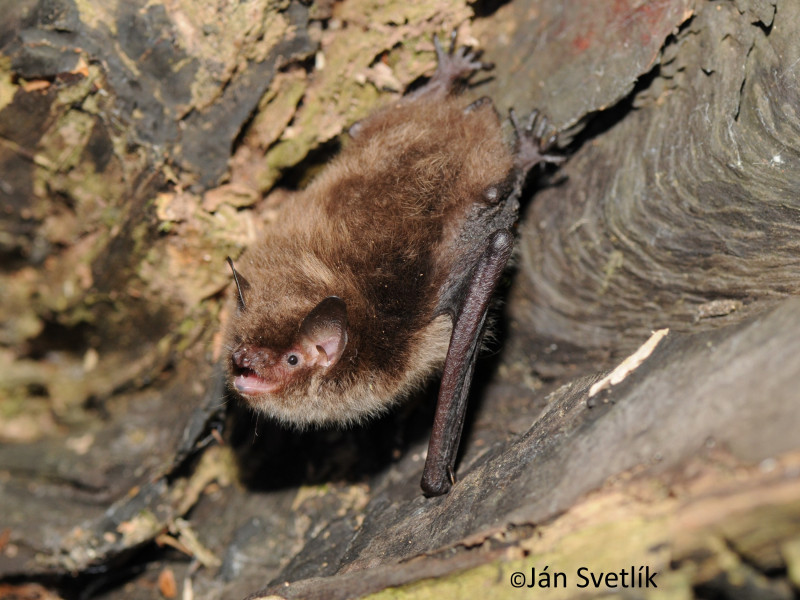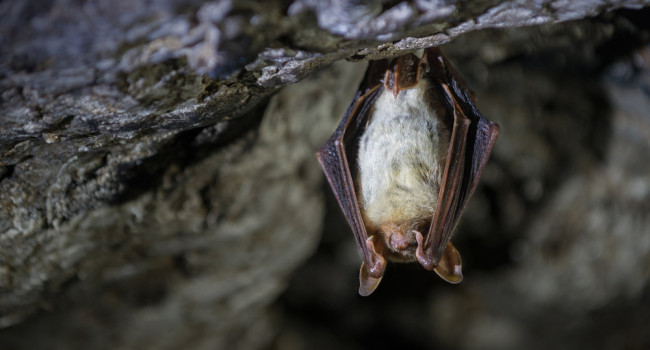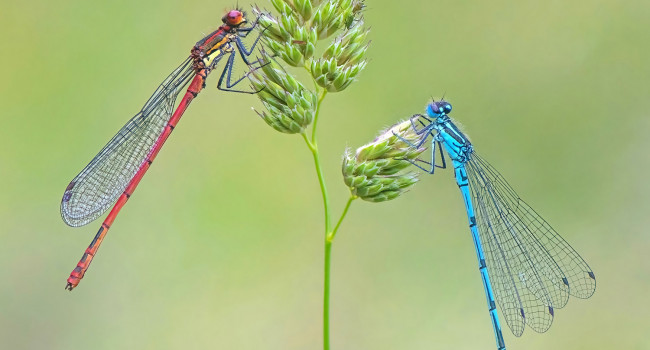Bats in urbanising landscapes: habitat selection and recommendations for a sustainable future
Author(s): Gili, F., Newson, S.E., Gillings, S., Chamberlain, D.E. & Border, J.A.
Published: November 2019
Journal: Biological Conservation Volume: 241
Article No.: 108343
Digital Identifier No. (DOI): 10.1016/j.biocon.2019.108343
A new study by BTO and the University of Turin explores how to minimise impacts of urban growth on bats at a time when urban areas are increasing in size and number, nationally and internationally.
Urbanisation is amongst the most ecologically damaging changes in land use, posing significant threats to global biodiversity. Most bat species are threatened by urbanisation, although urban areas can also offer important roosting and foraging opportunities. Could developers consider how bats are likely to respond to urbanisation, and take steps to minimise negative impacts?In a new study, scientists used bat calls collected by volunteer citizen scientists taking part in the Norfolk Bat Survey to address this question. The huge acoustic dataset, consisting of more than one million records of 12 species gathered between 2013 and 2016, was used to show the importance of habitat features, including buildings and roads, waterbodies and trees, to bats in urban areas. This is especially important given that parts of the study region have been identified as target areas to create new, affordable housing. The researchers also considered possible future scenarios of urban development, assuming an increase in either urban habitat or woodland.
Barbastelle, Brown Long-eared Bat and Myotis species emerged as the species most vulnerable to urbanisation. Overall, lakes and woodland patches were the most important habitat types for bats, while urban areas were often avoided. The results suggest that to build for bats, urban growth should expand on existing urban blocks, rather than create new urban patches. This would minimise impacts on areas that bats use for commuting or foraging. The study also showed that creating bat-friendly habitats of an area at least equal to any new urban settlement could provide mitigation for the negative effects of urbanisation. New patches of woodland should also be encouraged, while preserving unmanaged areas within large commercial coniferous plantations would support their use by bats.
This study not only highlights the contribution of citizen scientists to research projects, but also provides practical suggestions for urban development and woodland management, minimising impacts on bats when new housing developments are planned, with wider benefits to society through the creation of bat-friendly green space.

Staff Author(s)








Share this page